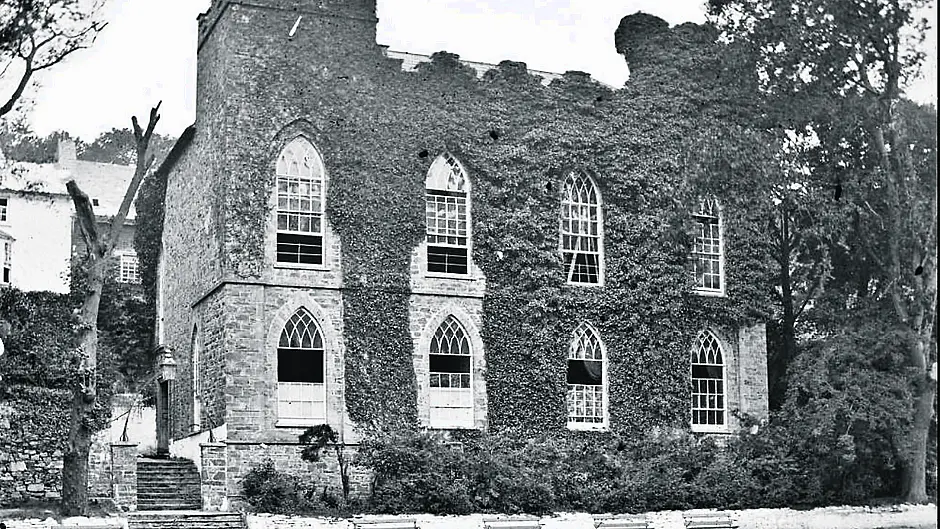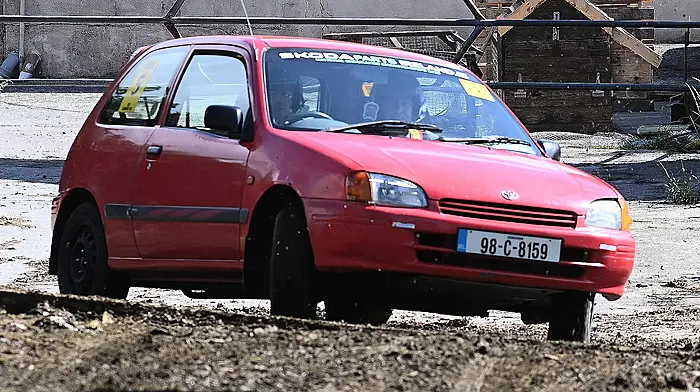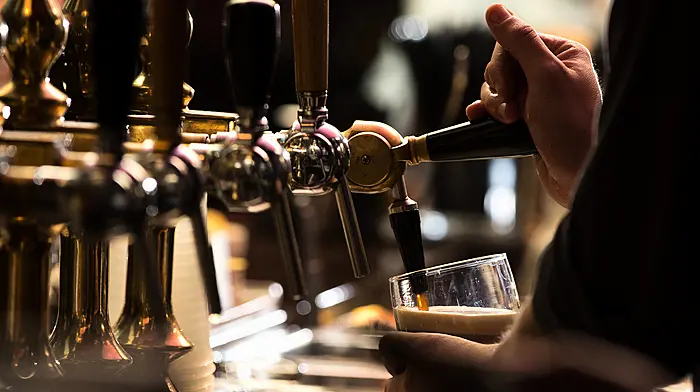Long before Trip Advisor or even Lonely Planet, would-be holidaymakers would consult great tomes written by well-travelled writers, including James Pigot’s fascinating one, 200 years ago
BY ROBERT HUME
BLESSED with ‘one of the finest bays in the universe’, ‘stupendous mountains’, ‘salubrious air’, and more than thirty pubs in one town alone, West Cork certainly had a lot to attract summer visitors in 1824.
When planning our holidays today, we can read a guide brochure, use a search engine to check the cheapest air fares, trawl through AirBnB reviews, or even ask a friendly but soulless chatbot for advice on what’s worth seeing.
But 200 years ago, those who could afford to travel didn’t ‘click’, they were much more likely to ‘flick’ – through often weighty directories.
These volumes, published 20 years before the Famine, provided details about how to reach destinations, gave a brief history of each, and revealed how the natives earned a living. Anything that travellers might need was listed: apothecaries, physicians, fever hospitals, banks, inns, and – not least – pubs. Important residents would be mentioned by name and arranged by social rank, starting with the nobility, gentry and clergy, ending with tradesmen – none of the hoi polloi being mentioned.
Finally, to keep visitors in touch with home, a note of precisely what time every day the mail coach collected and delivered letters and parcels. Let’s face it, directories were the web pages of their day!
In 1824, James Pigot from Macclesfield – the first British publisher of local directories – launched his Directory of Munster. A digital version is available online (digital.corkpastandpresent.com), courtesy of Cork Local Studies Library. It includes fascinating entries for six West Cork towns: Bandon, Bantry, Clonakilty, Kinsale, Macroom, and Skibbereen.
Situated at the bottom of ‘one of the finest and most extensive bays in the universe’, and adorned with a ‘bold and romantic’ backdrop of ‘stupendous’ mountains, the fishing town of Bantry stole the show for beauty. Pigot draws attention to its remote location – 170 south-west of Dublin, 46 west-south-west of Cork, and 30 west of Bandon – but notes that a mail coach left every morning at 7am, travelling via Dunmanway to Bandon, where there was a connection for Cork.
For the benefit of their health, those with leisure and money often chose to visit Kinsale, a watering place ‘peculiarly adapted to seabathing’, where genteel company would be able to discern the ‘salubrity of the air’.
Its two ‘very neat and convenient establishments for hot and cold baths’ made it a ‘very fashionable resort’ during the summer months.
On higher ground, near the centre of the town, stood the assembly and reading rooms, where respectable visitors could hobnob, play cards and dance, or sip tea while poring over the newspapers.
‘Agreeable society’ could also stroll on the Bowling Green, a beautiful public walkway ‘ornamented with trees’, which offered a ‘delightful view of the harbour’ and glimpses of the old fort (Charles Fort).
Clonakilty, the next big town as you headed west, would take some beating for its flourishing market. Housed in a spacious hall built by the Earl of Shannon, the Friday trade in linens – particularly twills – drew the crowds.
In one jaw-dropping entry in his directory, Pigot records: ‘Within the last three years there has been a very considerable increase in this branch of industry, and upwards of 10,000 persons are now employed … in this and the neighbouring town of Ross and the surrounding district ….’
For shops and pubs, your best bet would have been to venture inland to Bandon, ‘one of the largest, most respectable, and best regulated towns in the county of Cork’. Pleasantly situated on the River Bandon, and crossed by a delightful stone bridge, its main business was spinning and making corduroy – both carried out ‘with great spirit’.
Over 100 shops are listed – including 10 grocers, 12 boot and shoemakers, 13 bakers, 14 drapers, and over 30 pubs, half of them in Main Street. What’s more, the shopkeepers are deemed ‘highly respectable’ and ‘remarkable for their diligent attention’ to customers.
Those whose itineraries included time to observe polite society from afar, would discover that ‘highly respectable and opulent gentry’ had chosen to make their residence in the countryside around the market town of Macroom.
Of particular note was Robert Hedges Eyre, Esq, owner of Macroom Castle, a ‘venerable and stately’ ivy-covered building, which he had recently repaired and furnished in a style of ‘elegance and taste’.
As for your overnight accommodation, John Coghlan at the Swan Inn and John Williams at the King’s Arms would be pleased to host you.
And so, to the last West Cork town in the directory, Skibbereen, a ‘very brisk and thriving’ place, with two large flour mills, a ‘considerable’ brewery, a large Saturday yarn market, and six annual fairs.
In Pigot’s opinion, the ‘general appearance’ of the town needed improvement, with one of the churches in a ‘dilapidated’ state. Although the shopkeepers were ‘generally’ highly respectable, the roads were poor, and the one to Bantry appeared ‘circuitous’.
Novelist Anne Plumptre had already called the bumpy tracks of West Cork ‘a new addition to the miseries of human life’ (1815).
To think, even 200 years ago the state of our highways was being condemned in the web pages and travel blogs of the day!










